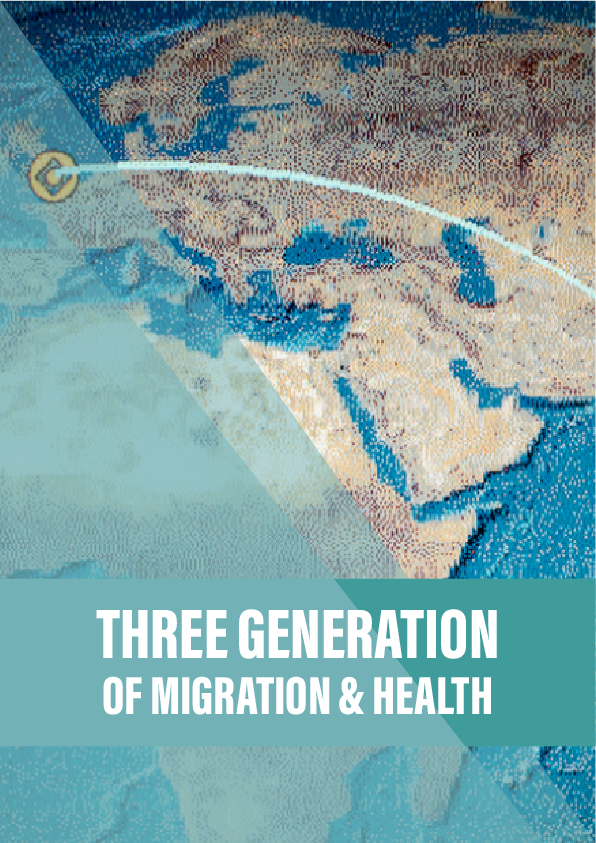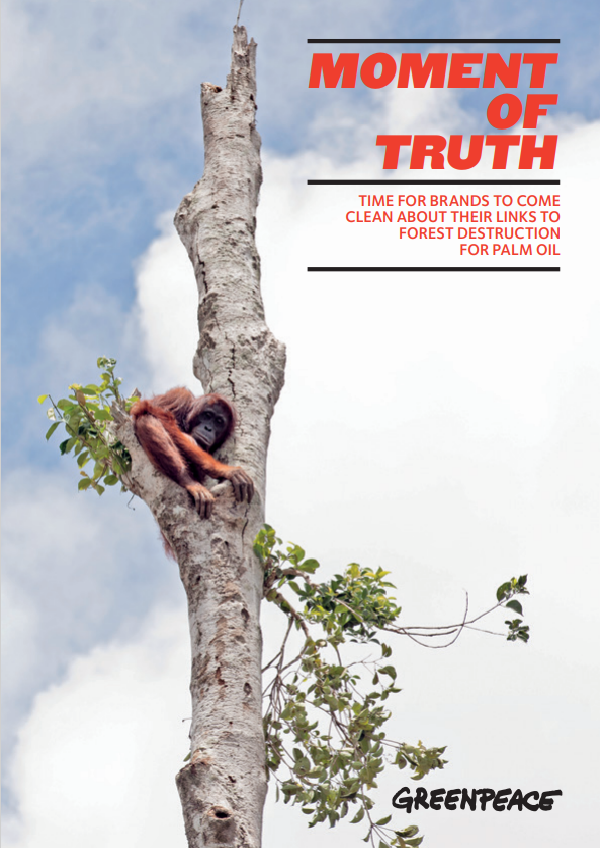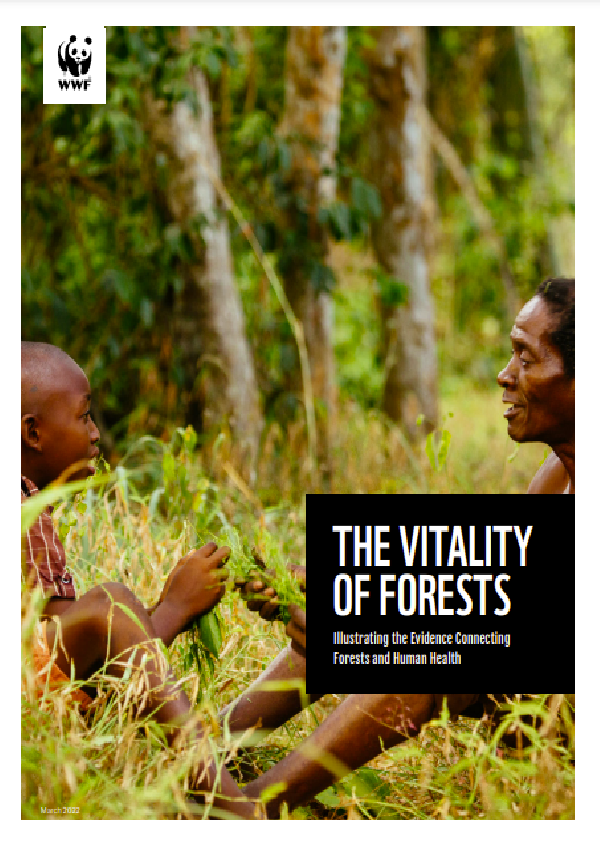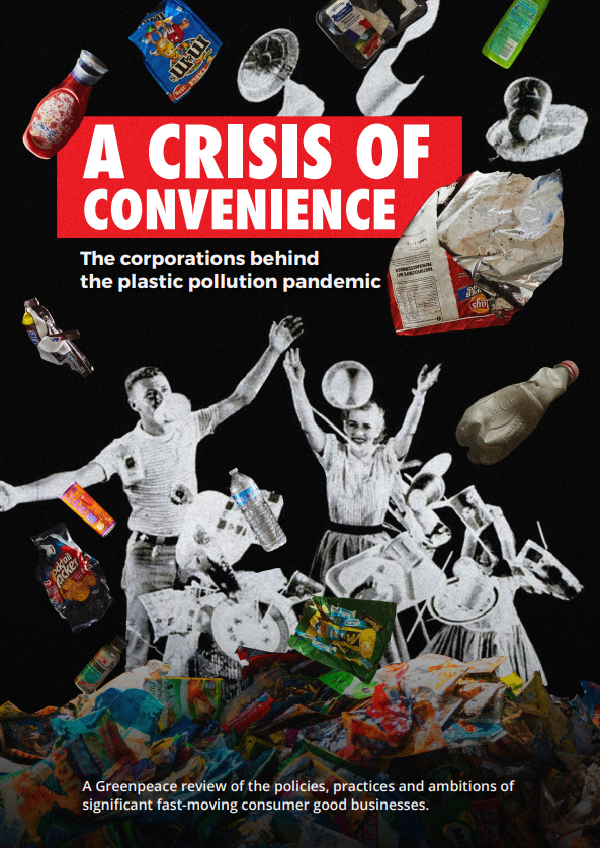Professor Shah Ebrahim steps out of his office for nearly the last time. In the meeting room, ten of his 25-strong staff have gathered to discuss their application for another five years of funding for research into chronic health conditions, including the impact of factors like migration and urbanisation. He will not be part of the work that the money, if they get it, will fund: he is handing over to a new generation.
Outside, the Delhi traffic brays its incessant tune. It is distinctive enough that when Ebrahim talks to people on the phone, they can tell where he is by the background noise. The car horn is not as much of an indication of objection as it is in some other countries. In India, it is a more neutral, if noisy and continual, expression of existence: “I am here, I am moving, I am not going to stop.”
He remarks to the team, only half-joking, that auditory environment is often overlooked as a factor influencing people’s state of mind and health. But the offices of the South Asia Network for Chronic Disease (SANCD) are far from the busiest parts of the city. Two decades ago, this part of Delhi was a sleepy green suburb where children would ride their bikes in the street and stare up at the aeroplanes dreaming that they might one day get a chance to fly away somewhere. The planes multiplied and the roads got busier as the city grew; there is no safe passage for children’s bikes any more, although patches of greenery remain.
SANCD is based in a partly converted residential building on the corner of a garden square – it is spring, and the staff often eat lunch on the grass or walk around its perimeter. Their offices are on the ground floor, while the basement houses laboratories. Also in the basement are two rooms with rows of freezers: they store blood and urine samples from the Indian Migration Study, which assessed the health of 6,500 rural, migrant and urban people to understand the biological effects of moving from a village to a city.
The Indian Migration Study was led by Ebrahim, then based in the UK, and its success led him to set up SANCD in 2009. Its aims were to support the development of scientific research in India and neighbouring countries, as well as to continue investigating people’s long-term health in ever more urban environments.
It was also a chance for him to move to India, to explore the prospect of living there permanently and closing a loop of his family history. But the loop will not close. India – Delhi, in particular – has proved too bad for his health.











